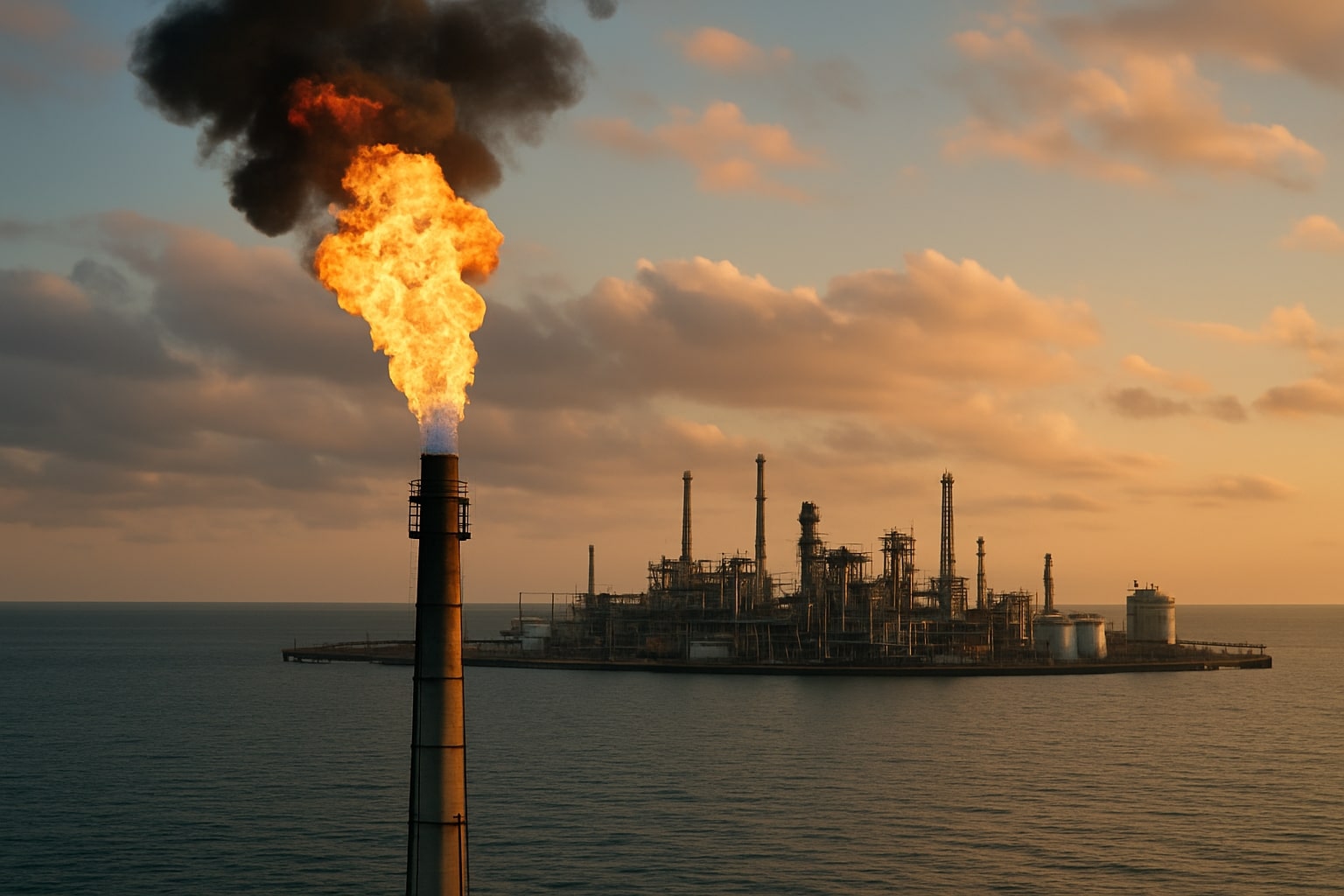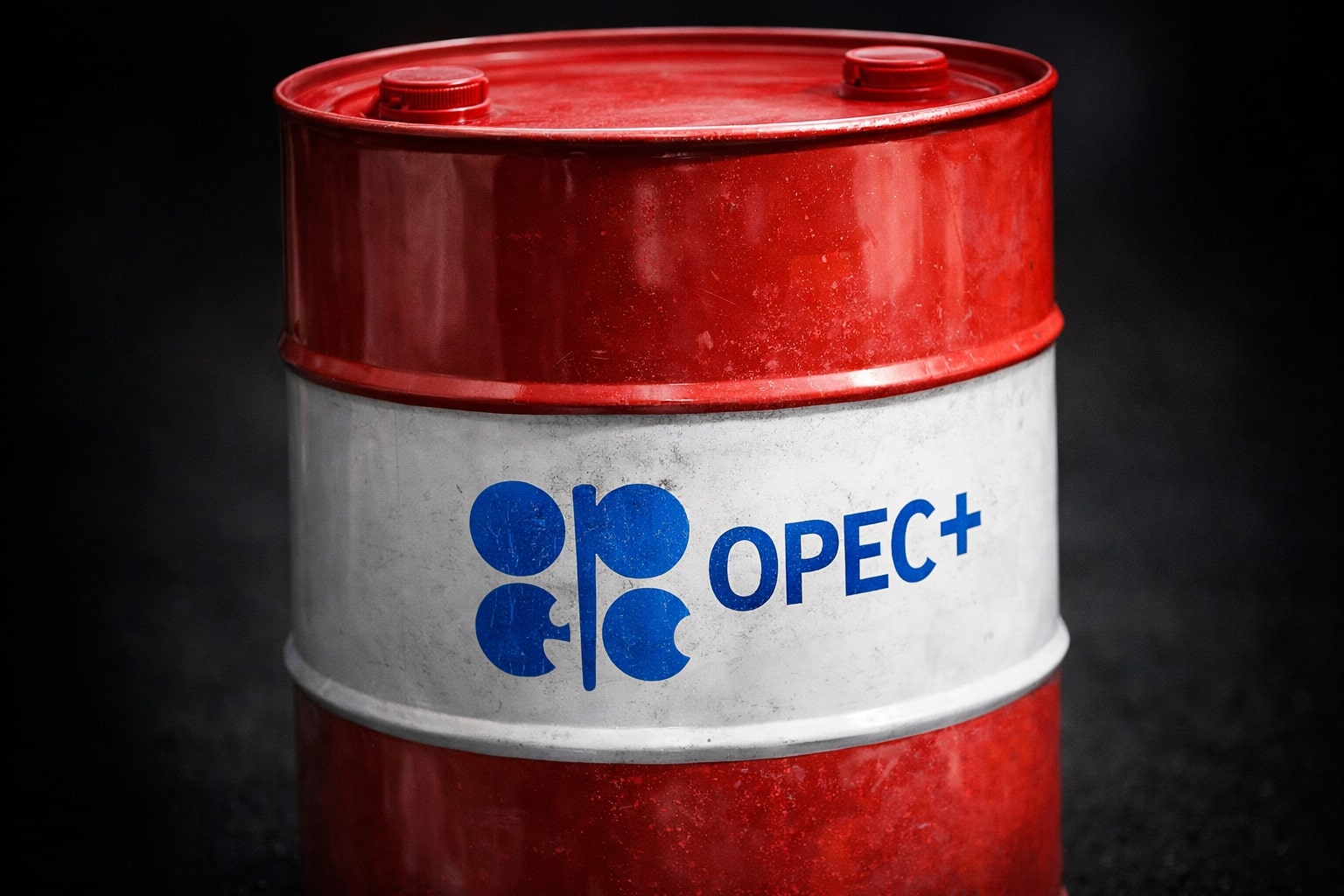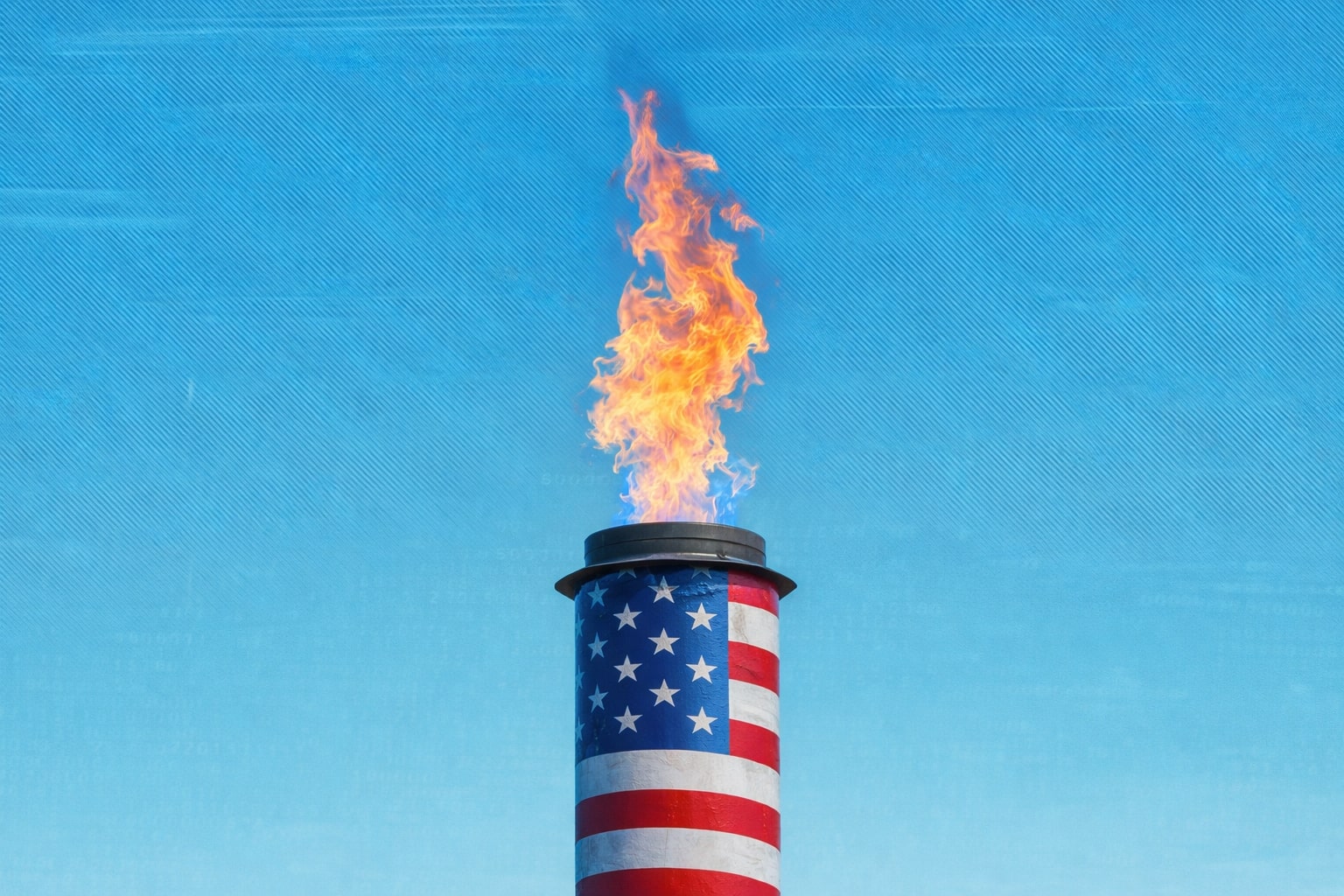Natural Gas (NG=F) Faces Pressure From Resistance, LNG Demand, and Utility Rate Shock
The natural gas market is entering a highly volatile phase, with NG=F futures testing the $3.21 per MMBtu resistance level before sliding back toward $3.10. Spot and hub prices across the U.S. are fractured, with Henry Hub trading around $0.065 above base, while Northeast prices are collapsing to –$1.24, and PNGTS flows hit –$7.50, underscoring severe basis spreads. Meanwhile, West Coast points like SoCal Border are elevated at $0.255–$0.275, reflecting pipeline tightness. Regional divergence is widening, setting up the market for abrupt swings as autumn weather collides with record LNG exports and a fragile storage picture.
Technical Structure Suggests Short-Term Bearish Trend
Charts show natural gas failing at $3.210, a level where momentum indicators turned negative. A bearish formation points toward downside tests at $2.810, and a break of that level would extend losses to $2.620 and eventually $2.390. The expected intraday range sits between $2.820 and $3.150, with bearish dominance. The technical setup is further clouded by a neutral-to-soft demand picture, with neither extreme heat nor cold driving consumption. Traders remain cautious, with the 50-day EMA acting as a ceiling and the 200-day EMA near $3.40 as the trigger for any structural reversal.
Storage Dynamics and EIA Outlook
Storage is still on track to approach 4.0 Tcf by end-October, but shallower injections in recent weeks are giving bulls some breathing room. The EIA revised its Q4 2025 Henry Hub forecast slightly lower to $3.70, but expects prices to average $4.30 in 2026 as drilling cutbacks limit supply growth. This moderation follows oil’s recent slump, which has reduced associated gas production in key basins. The link between crude output and gas supply remains critical: if WTI holds under $70, shale operators may slow drilling further, tightening gas balances into 2026.
Global LNG and Export Flows Provide the Bullish Counterweight
LNG exports remain the single strongest driver of natural gas demand. August pipeline exports to Mexico averaged 7.92 Bcf/d, a record high, while Asian and European LNG import prices surged again, restoring U.S. competitiveness. Cove Point forward curves show premiums above $4.00 in early 2026 and 2027, compared with Henry Hub flat near zero, signaling wide arbitrage spreads. West Coast hubs like Northwest Sumas at $0.80 also highlight regional scarcity that will anchor LNG-related pricing. The global picture is bullish, but the scale of new export capacity in Qatar, the U.S., and West Africa by 2027 raises oversupply risk and the potential for periodic price crashes.
U.S. Utility Bills Surge as Gas Costs Filter Through
While spot and futures traders focus on Henry Hub, American households are already seeing the cost impact. Utilities across 41 states and Washington, D.C. have implemented or filed for gas and electricity rate increases through 2026. More than 28 million natural gas customers will be affected, with total gas bill increases projected at $11 billion, while power bills will climb by $67 billion. In Virginia, Dominion Energy lifted average household bills by $21 per month, explicitly citing gas prices and AI-driven data center power demand. The Center for American Progress calculates total utility revenue increases of $78 billion from 2025–2028, underscoring how gas pricing is flowing directly into consumers’ inflation burden.




















